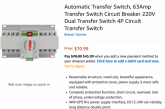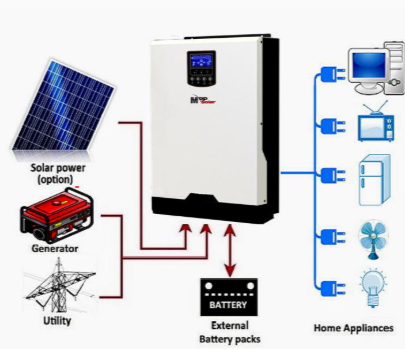redrock514
New Member
- Joined
- Aug 29, 2020
- Messages
- 19
I am over my head and I would greatly appreciate some help. I am trying to construct a supplemental PV system. I bought the MPP inverter charger, model PIP1012LV-MS. I also bought two 345W Q Cell. I plan on buying a battery, not sure which kind yet. The system is for a house that is also connected to the grid. I would like to connect the PV system to my house system. I know 700W will only power a fraction of the my house load. I do have an electrician willing to do the connection, but he wants a wiring diagram and he will not do any design. I am not really sure how to connect to my house system. I think I need a secondary panel. I prepared a wiring diagram and found a dual switch and circuit on amazon that might work (see attached files). Would anybody be willing to review and offer me some much needed feedback and comments?
Jared
Jared










